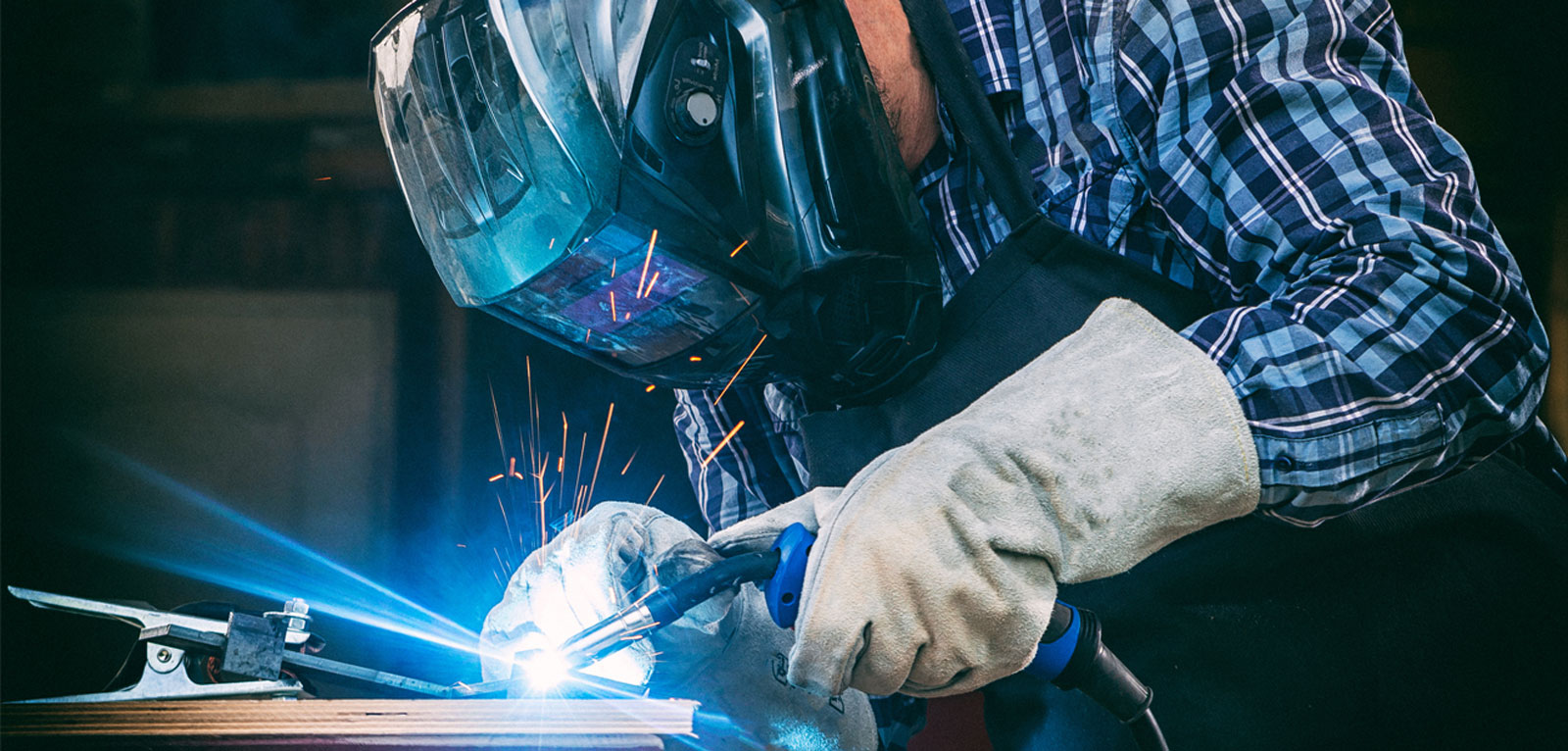Opening the Secret Types of Welding Providers for Your Tasks
In today's landscape of diverse welding solutions, understanding the nuances and applications of numerous welding strategies is extremely important for effective task implementation - Welding Inspection Service. By deciphering the vital kinds of welding solutions available, one can browse the details of choosing the most ideal technique to ensure precision, effectiveness, and top quality in welding projects.
Common Welding Strategies
Numerous typically made use of welding strategies play important roles in different industrial fields. One of the most commonly utilized approaches is Gas Metal Arc Welding (GMAW), additionally recognized as MIG welding.
Another prominent welding method is Gas Tungsten Arc Welding (GTAW), typically described as TIG welding. TIG welding makes use of a non-consumable tungsten electrode to produce the weld and requires a different filler material. This strategy is favored for its capability, precision, and control to create top notch welds on thin materials.
Shielded Steel Arc Welding (SMAW), or stick welding, is another crucial technique where a flux-coated electrode is utilized to create the weld. SMAW is known for its simpleness, versatility, and suitability for exterior and on-site welding applications. These usual welding techniques are important for fabricating frameworks, equipment, and various equipment throughout markets.
Advanced Welding Processes
Advanced welding procedures incorporate innovative methods that press the boundaries of typical welding methodologies in regards to adaptability, effectiveness, and accuracy. One such procedure is laser beam welding, which utilizes a focused beam to join steels with very little heat-affected zones, making it ideal for high-precision or delicate projects. Additionally, electron beam of light welding uses a high-velocity electron light beam to develop deep welds in thick products, supplying extraordinary strength and quality.
Moreover, rubbing stir welding is a solid-state joining process that makes use of a revolving device to develop frictional warmth, bonding materials without melting them. This approach is specifically useful for joining lightweight alloys with exceptional mechanical properties. An additional cutting-edge method is ultrasonic welding, where high-frequency ultrasonic vibrations are utilized to produce solid-state welds in plastics, metals, and various other products, providing clean and fast joining solutions.
These advanced welding processes deal with a varied variety of commercial requirements, supplying effective, top quality, and precise options for numerous jobs, from aerospace parts to automotive components and beyond.
Specialized Welding Applications

Automated Welding Solutions
In contemporary commercial settings, the implementation of automated welding options has actually reinvented production processes by improving efficiency and accuracy. Automated welding systems utilize innovative technologies such as robotics, computer mathematical control (CNC), and fabricated knowledge to perform welding jobs with very little human intervention (Welding Inspection Service). These systems supply various benefits, consisting of boosted productivity, enhanced weld quality, and decreased manufacturing prices
One secret advantage of automated welding remedies news is their capacity to constantly generate high-grade welds, causing enhanced overall item quality. Furthermore, these systems can operate constantly, 24/7, without the requirement for breaks, resulting in higher result levels and faster job conclusion times. By making use of automated welding options, companies can also mitigate the dangers connected with human mistake, ensuring higher accuracy and repeatability in the welding procedure.
In addition, automated welding solutions are very versatile and versatile to different welding applications, from detailed parts to massive structures. Whether in automobile manufacturing, aerospace markets, or building projects, the combination of automated welding systems offers an one-upmanship by simplifying operations and delivering remarkable welding results.
Innovative Welding Technologies
The development of automated welding services has paved the way for the combination and innovation of cutting-edge welding modern technologies in modern-day commercial applications. One such advanced innovation is laser beam of light welding, which utilizes a very focused beam to sign up with steel elements with accuracy and performance. This approach is particularly beneficial for jobs needing detailed welds on products with high melting points or for applications where very little heat-affected zones are important.
Another ingenious welding innovation gaining appeal is rubbing mix welding (FSW), a solid-state joining process that develops high-strength bonds by generating frictional heat in between 2 link items of steel. FSW is widely made use of in markets such as aerospace and auto for its capability to produce welds with remarkable mechanical residential or commercial properties and enhanced architectural integrity.
Furthermore, electron beam of light welding (EBW) is a sophisticated method that makes use of a beam of high-velocity electrons to develop specific, deep welds in steel parts. This innovation is favored for its capacity to weld different metals and materials with differing thicknesses effectively. As industries remain to require better and effectiveness in welding processes, these ingenious technologies are positioned to play a substantial function in shaping the future of commercial welding applications.

Conclusion
Finally, comprehending the essential kinds of welding services is necessary for successfully completing a range of jobs. From common welding methods to sophisticated processes, specialized applications, automated solutions, and cutting-edge technologies, each technique provides unique benefits and applications. By familiarizing on your own with these numerous welding alternatives, you can choose the most appropriate method for your details project requirements and achieve high-quality results.
In today's landscape of diverse welding services, recognizing the nuances and applications of numerous welding techniques is paramount for successful job execution. By unraveling the essential kinds of welding solutions offered, one can browse the complexities of selecting the most ideal strategy to ensure precision, effectiveness, and top quality in welding tasks. As we get started on this expedition of welding solutions, a deeper insight into the globe of welding awaits, appealing understandings that can boost the end results of your jobs.
